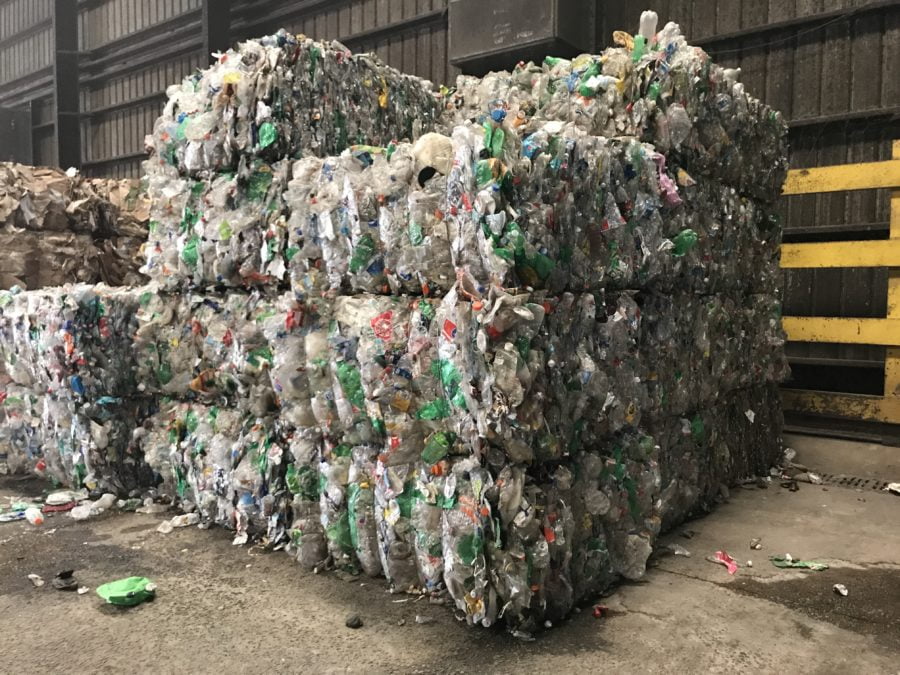rPET plastic, or recycled polyethylene terephthalate, is a sustainable and environmentally friendly material produced by recycling PET plastic, which is commonly found in beverage bottles. The recycling process for rPET involves collecting, cleaning, and processing post-consumer PET bottles into new products.
In the textile industry, the production of rPET plastic reached over 1 billion pounds in 2021.
What is the difference between PET and rPET?
PET is 100% recyclable and can be recycled repeatedly. However, it does break down during recycling, and additives are often used to extend its life when making new plastic bottles. Much of the recycled PET is downcycled into lower-quality items that may be harder to recycle further. Still, downcycling promotes material reuse, reducing the need for virgin materials and energy while minimizing landfill waste.
Post-consumer PET is collected from curbside pickups and container deposit programs, then cleaned, chopped into flakes, melted into pellets or fiber, and used for various products. Common sources of rPET include post-consumer plastic bottles.
Where is rPET plastic used?
While PET is highly recyclable, especially for non-food applications, recycling it into its original food-grade form can be challenging due to stringent cleanliness standards. The plastic’s color also influences its reuse. Clear and light bottles often become new water bottles, while brown or green ones transform into polyester fiber and fabric. RPET serves various purposes, including activewear, outdoor gear, bedding, and toy or pet bed stuffing. It’s a versatile material for items like new plastic bottles, food containers, fiber for pillows and insulation, car mats, and recycled clothing such as activewear, swimwear, and outdoor gear.

